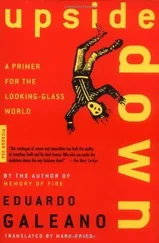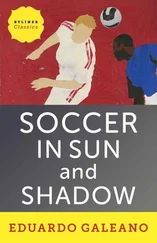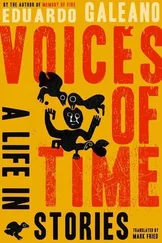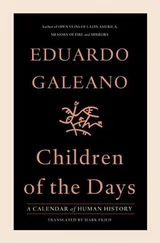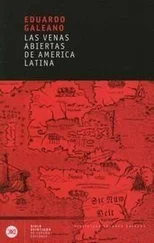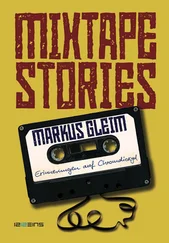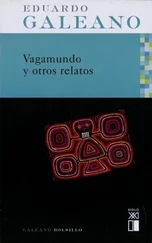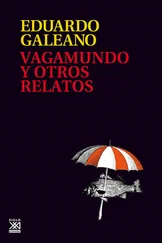Her mother and her sister never visited her.
Once in a while her brother, Paul the saint, turned up.
When Camille the sinner died, no one claimed her body.
It was years before the world discovered that Camille had been more than the humiliated lover of Auguste Rodin.
Nearly half a century after her death, her works came back to life. They traveled and they astonished: bronze that dances, marble that cries, stone that loves. In Tokyo, the blind asked and were allowed to touch the sculptures. They said the figures breathed.

Four uncles and a brother were art dealers, yet he managed to sell but one painting in his entire life. Out of admiration or pity, the sister of a friend paid four hundred francs for a work in oils, The Red Vineyard, painted in Arles.
More than a century later, his works are on the financial pages of newspapers he never read,
the priciest paintings in galleries he never set foot in,
the most viewed in museums that ignored his existence,
and the most admired in academies that advised him to take up
another trade.
Today, Van Gogh decorates restaurants where no one would have served him,
the clinics of doctors who would have had him committed,
and the offices of lawyers who would have locked him away.

Edvard Munch heard the heavens scream.
Sunset had passed, but in the sun’s wake tongues of fire were rising from the horizon, when the heavens screamed.
Munch painted that scream.
Now whoever sees his painting covers his ears.
The new century was born screaming.
PROPHETS OF THE TWENTIETH CENTURY

Karl Marx and Friedrich Engels wrote The Communist Manifesto in the middle of the nineteenth century. They did not write it to understand the world, but to help change it. A century later, one-third of humanity lived in societies inspired by a pamphlet barely twenty-three pages long.
The Manifesto was an accurate prophecy. Capitalism is a sorcerer incapable of controlling the forces it unleashes, the authors said, and in our days anyone who has eyes in his face can see that at a glance.
But it never occurred to the authors that the sorcerer would have more lives than a cat,
or that big factories would disperse their labor force to reduce the costs of production and the threat of rebellion,
or that social revolutions would take place more frequently in countries called “barbarous” than in those called “civilized,”
or that the workers of the world would unite less often than they would divide,
or that the dictatorship of the proletariat would become the stage name for the dictatorship of the bureaucracy.
And thus, for what it said and what it did not, the Manifesto confirmed the most profound truth its authors had hit upon: reality is more powerful and astonishing than its interpreters. “Gray is theory and green the tree of life,” Goethe said, by way of the devil’s tongue. Anticipating those who would turn Marxism into an infallible science or an irrefutable religion, Marx used to caution that he was no Marxist.

The Russian physician Ivan Pavlov discovered conditioned reflexes.
He called this sequence of stimulus and response “learning”:
the bell rings, the dog gets fed, the dog salivates;
hours later, the bell rings, the dog gets fed, the dog salivates;
the following day, the bell rings, the dog gets fed, the dog salivates;
and the process is repeated hour after hour, day after day, until the bell rings, the dog is not fed, but he salivates anyway.
Hours later, days later, the dog continues salivating when the bell rings, even though his plate is empty.

The Postum Cereal Company led you down Happiness Road to Healthy City and on into the Sunlight. There was something religious about those shimmering bowls in the ads, one cereal was even called Elijah’s Manna. And their Grape-Nuts prevented appendicitis, tuberculosis, malaria, and tooth decay.
In 1883, Professor Holloway spent fifty thousand pounds sterling advertising a product made from soap and aloe, an infallible remedy for the fifty diseases enumerated in the ad.
Dr. Gregory’s stomach powders made your belly like new, thanks to the exotic combination of Turkish rhubarb, calcined magnesite, and Jamaican ginger. And Dr. Varon’s liniment, “approved by members of the Royal Academy of Medicine,” cured colds, asthma, and measles.
Clark Stanley’s Snake Oil, which had nothing to do with snakes, was a mixture of kerosene, camphor, and turpentine that did away with rheumatism. Sometimes it also did away with rheumatics, but that bit of news was left out of the advertisements.
The ads did not mention the morphine in Mrs. Winslow’s Soothing Syrup, undoubtedly manufactured by an easygoing family. And neither did the ads explain why the word “coca” was in the name Coca-Cola, “the ideal brain tonic” invented by Dr. Pemberton.

At the end of the 1920s, advertising beat the drum to spread marvelous news: “Fly, don’t ride.” Leaded gasoline made you go faster, and going faster meant getting ahead in life. The ads showed a car going at a snail’s pace, and the embarrassed child inside: “Gee, Pop, they’re all passing you!”
Gasoline with lead additives was invented in the United States, and from the United States a barrage of advertising imposed it on the world. In 1986, when the U.S. government finally decided to outlaw it, the number of victims of lead poisoning around the planet was incalculable. It was known all along that leaded gasoline was killing adults in the United States at a rate of five thousand a year, and causing irreparable damage to the nervous systems and mental development of millions of children.
The principal authors of this crime were two executives from General Motors, Charles Kettering and Alfred Sloan. They have gone down in history as generous benefactors of humanity. They founded a hospital.

She was the first woman to win the Nobel Prize, and she won it twice.
She was the first woman professor at the Sorbonne, and for many years the only one.
And later on, when it was too late to celebrate, she was the first woman accepted into the Panthéon, the portentous mausoleum reserved for “the Great Men of France,” even though she was not a man and had been born and raised in Poland.
At the end of the nineteenth century, Marie Sklodowska and her husband, Pierre Curie, discovered a substance that emitted four hundred times more radiation than uranium. They called it polonium, in honor of Marie’s country of birth. Next, they began experimenting with radium, three thousand times more powerful than uranium. They invented the word “radioactivity,” and they received, jointly, the Nobel Prize.
Pierre had his doubts: were they the bearers of a gift from heaven or from hell? In his acceptance speech in Stockholm, he recalled the case of Alfred Nobel himself, the inventor of dynamite:
Читать дальше








